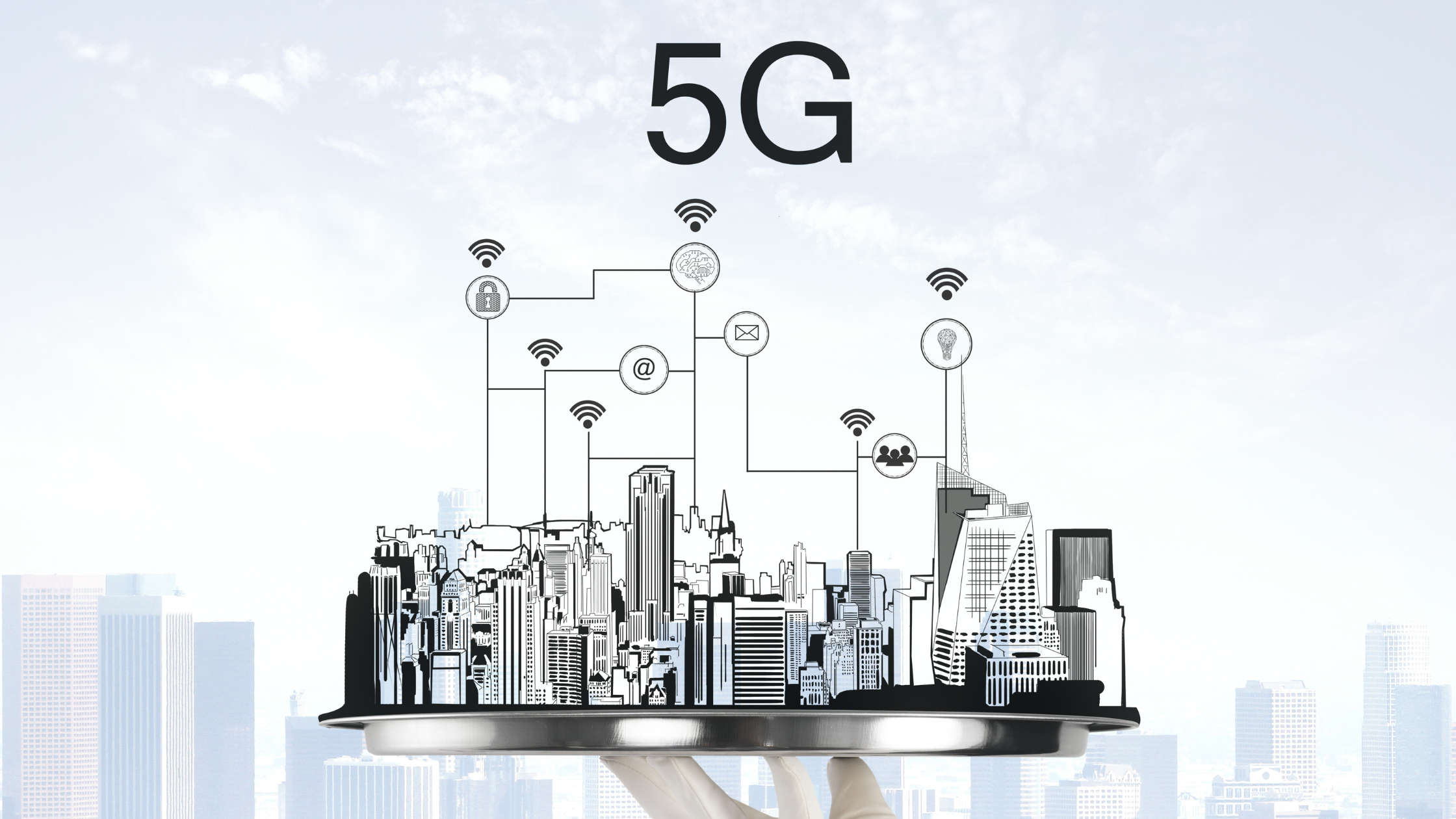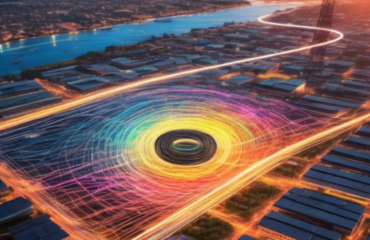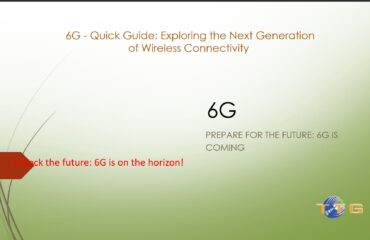5G stands for Fifth Generation Wireless technology, marking a monumental leap in the evolution of cellular networks. Building on its predecessors – GSM (2G), CDMA (3G), and LTE/LTE-Advanced (4G) – 5G is set to revolutionize how we interact with the digital world. The technology is codified in the 3GPP NR (New Radio) specifications and operates across a spectrum of frequencies, encompassing sub-1 GHz, sub-6 GHz, and millimeter waves above 6 GHz.
What truly sets 5G apart is its use of cutting-edge technologies such as Massive MIMO (Multiple Input Multiple Output) and advanced modulation techniques like OFDM (Orthogonal Frequency Division Multiplexing), FBMC (Filter Bank Multicarrier), UFMC (Universal Filtered Multi-Carrier), and GFDM (Generalized Frequency Division Multiplexing). These innovations promise a latency of less than 1ms, a game-changer in minimizing connection setup time and delivering an unparalleled user experience.
Understanding 5G Architecture
5G can be deployed in two primary modes: standalone (SA) and non-standalone (NSA). In the NSA mode, 5G devices initially connect using existing LTE networks before transitioning to 5G for actual data traffic. In contrast, SA mode is a true 5G experience, relying exclusively on 5G networks for both control signaling and data channels.
The Dual Facets of 5G: Speed and Range
5G Speed
5G speed, or throughput, is the volume of data transmitted over the network in a given timeframe, typically measured in Mbps (Megabits per second) or Gbps (Gigabits per second). The speed experienced by a user can vary based on the direction of data flow – uplink (from device to network) or downlink (from network to device) – influenced by factors such as resource allocation, modulation schemes, and MIMO configurations. While 5G speeds can theoretically peak at 20 Gbps downlink and 10 Gbps uplink, real-world speeds, while still incredibly fast, might be lower due to various practical constraints.
5G Range and Coverage
In cellular technology, range typically refers to the area covered by cell towers. However, 5G introduces a paradigm shift in coverage solutions, primarily due to its use of higher frequency bands that have limited penetration capabilities. To compensate for this, 5G networks rely heavily on small cells – low-power base stations that ensure dense coverage akin to a WiFi network but on a larger scale see figure 1.
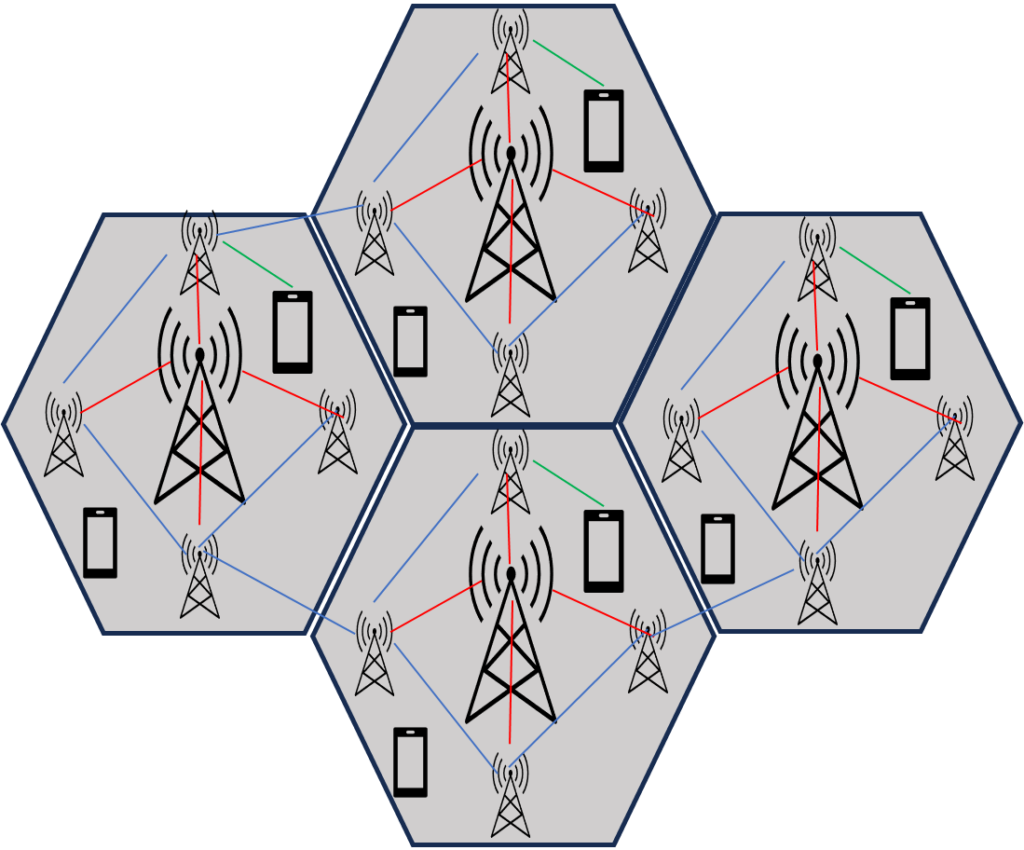
Figure 1: 5G coverage
These small cells, strategically placed every few hundred meters, are interconnected with larger cell towers to extend coverage to harder-to-reach areas see table 1. The typical range of a 5G small cell, for instance, a metro cell, is a few hundred meters, necessitating a dense network of cells for comprehensive coverage, particularly in urban environments.
Table 1: Types of cell
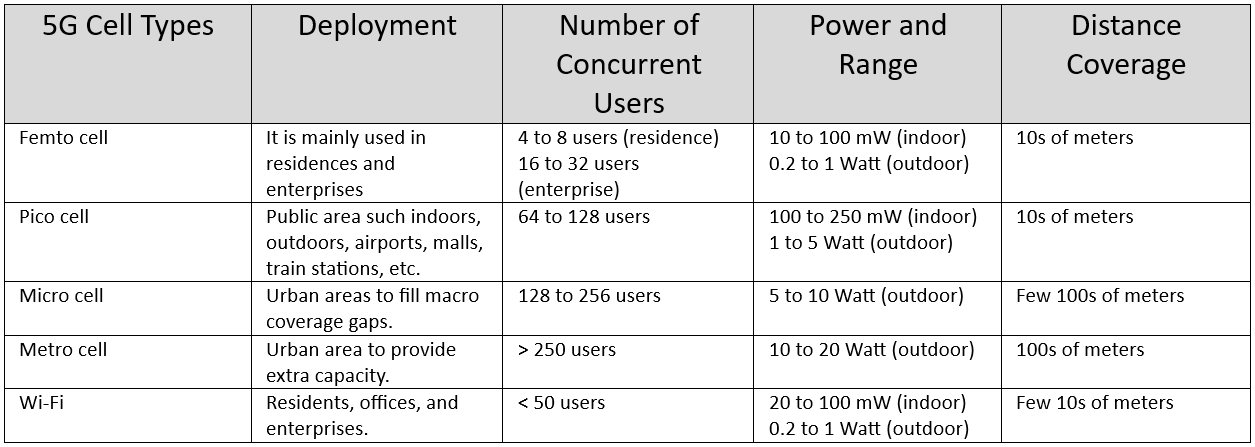
The Trade-Off: 5G Speed vs. 5G Range
The discourse around 5G often centers on its phenomenal speed, but it’s crucial to understand the inherent trade-off with range. The very technologies that enable 5G’s high speeds – like higher frequency bands and Massive MIMO – also contribute to its limited range, especially when compared to 4G LTE. This limitation necessitates the deployment of small cells to ensure consistent and widespread coverage.

